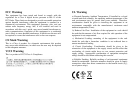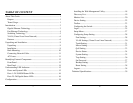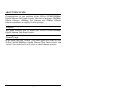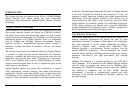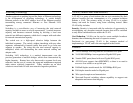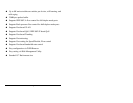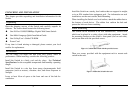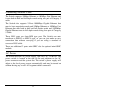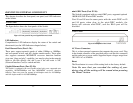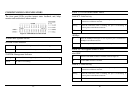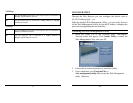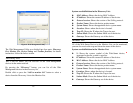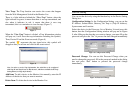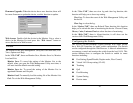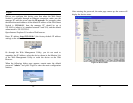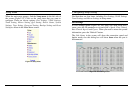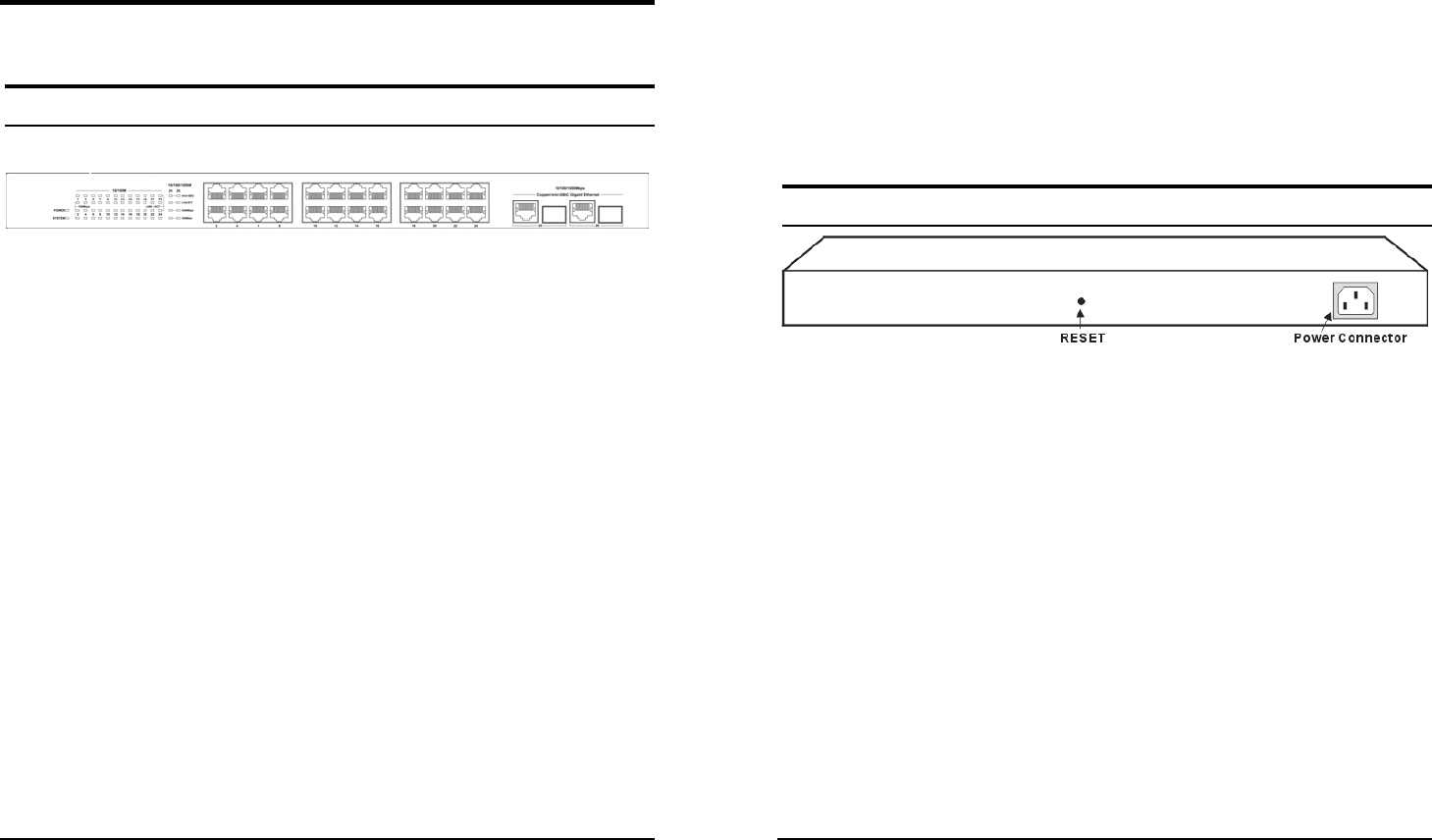
13
IDENTIFYING EXTERNAL COMPONENTS
This chapter describes the front panel, rear panel, and LED indicators
of the Switch.
Front Panel
The figure below shows the front panels of the Switch.
Figure 3. Front panel of 26-port Gigabit Ethernet Switch
LED Indicator:
Comprehensive LED indicators display the status of the switch and
the network (see the LED Indicators chapter below).
Fast Ethernet Ports (Port 1~24):
These ports support network speeds of either 10Mbps or 100Mbps,
and can operate in half- and full- duplex transfer modes. These ports
also supports automatic MDI/MDIX crossover detection function
gives true “plug and play” capability, just need to plug-in the network
cable to the hub directly and don’t care if the end node is NIC
(Network Interface Card) or switch and hub.
Gigabit Ethernet Ports (Port 25~26):
The Switch is equipped with two Gigabit twisted pair ports, supported auto
negotiable 10/100/1000Mbps and auto MDI/MDIX crossover detection
function. These two ports can operate in half-duplex mode for 10/100Mbps
and full- duplex mode for 10/100/1000Mbps.
14
mini-GBIC Ports (Port 25~26):
The Switch is equipped with two mini-GBIC ports, supported optional
1000BASE-SX/LX mini-GBIC module.
Port 25 and 26 are the same ports with the mini-GBIC no.25
and 26 ports, when plug in the mini-GBIC module, the
device will activate mini-GBIC, and the RJ45 port will be
disabled.
Rear Panel
Figure 4. Rear panel of the Switch
AC Power Connector:
This is a three-pronged connector that supports the power cord. Plug
in the female connector of the provided power cord into this connector,
and the male into a power outlet. Supported input voltages range from
100-240V AC at 50-60Hz.
Reset:
The Reset button is to reset all the setting back to the factory default.
Note: Be sure that you recorded the setting of your
device, else all the setting will be erased when pressing
the “Reset” button.



